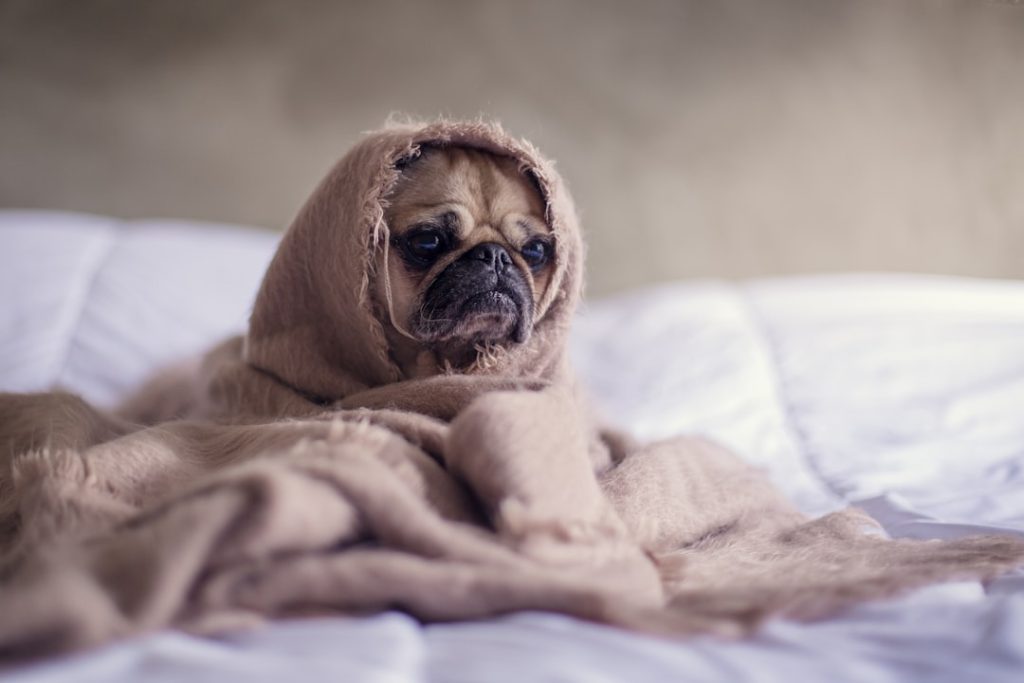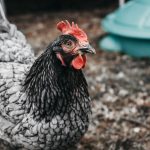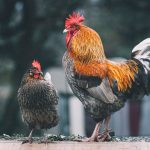Heat lamps for chickens primarily provide supplemental warmth to young chicks in their first few weeks of life. Chicks cannot effectively regulate their body temperature and require external heat sources. The heat lamp simulates the warmth of a mother hen, creating a comfortable environment for chicks to grow.
This warmth prevents hypothermia and ensures proper development. Heat lamps also help reduce stress in chicks, as they tend to be calmer in warm conditions. Additionally, heat lamps can warm adult chickens during cold weather or in poorly insulated coops, preventing frostbite and maintaining comfort in colder months.
However, caution is necessary when using heat lamps to avoid potential hazards such as fires or burns. The purpose of a heat lamp for chickens is to provide essential warmth for both young chicks and adult chickens in cold conditions. While it is a crucial tool for maintaining chicken health and well-being, responsible use and proper monitoring are essential to mitigate potential risks.
Table of Contents
- 1 Determining the appropriate age for using a heat lamp
- 2 Monitoring temperature and adjusting the heat lamp accordingly
- 3 Considering the weather and outdoor conditions
- 4 Gradually reducing the use of a heat lamp as the chickens grow
- 5 Ensuring the safety of using a heat lamp for chickens
- 6 Seeking professional advice and guidance on heat lamp usage
- 7 FAQs
Key Takeaways
- A heat lamp for chickens is used to provide warmth and mimic the natural conditions of a brooding hen for newly hatched chicks.
- Chicks should be kept under a heat lamp until they are fully feathered, which is typically around 6-8 weeks of age.
- It is important to monitor the temperature under the heat lamp and adjust the height or wattage of the bulb as needed to maintain a comfortable and safe environment for the chicks.
- Weather and outdoor conditions should be taken into consideration when using a heat lamp, as drafts and extreme temperatures can affect the effectiveness of the heat lamp.
- As the chickens grow, the use of the heat lamp should be gradually reduced to help them acclimate to the natural temperature changes and develop their own ability to regulate body heat.
- Safety measures such as securing the heat lamp properly, using appropriate wattage bulbs, and keeping the area around the heat lamp clear of flammable materials should be taken to ensure the safety of using a heat lamp for chickens.
- Seeking professional advice and guidance from experienced poultry farmers or veterinarians can provide valuable insights and recommendations for the proper usage of a heat lamp for chickens.
Determining the appropriate age for using a heat lamp
When to Use a Heat Lamp
The ideal time to use a heat lamp for chickens is during the first few weeks of a chick’s life. At this stage, chicks are highly susceptible to temperature fluctuations and require a consistent source of warmth to thrive. A heat lamp provides the necessary warmth to keep the chicks comfortable and healthy as they grow and develop.
Determining When to Wean Off the Heat Lamp
The age at which a heat lamp is no longer necessary can vary depending on factors such as the breed of the chickens, the ambient temperature, and the conditions in the coop. Generally, it is recommended to use a heat lamp for chicks until they are fully feathered, which typically occurs around 6-8 weeks of age. At this point, the chicks are better equipped to regulate their body temperature and can tolerate lower temperatures without the need for supplemental heat.
Monitoring Chicks and Considering Individual Factors
It is crucial to monitor the chicks closely and observe their behavior to determine when they are ready to be weaned off the heat lamp. Additionally, older chickens may also benefit from a heat lamp during cold weather, particularly if they are not acclimated to low temperatures or if they are housed in poorly insulated coops.
Monitoring temperature and adjusting the heat lamp accordingly
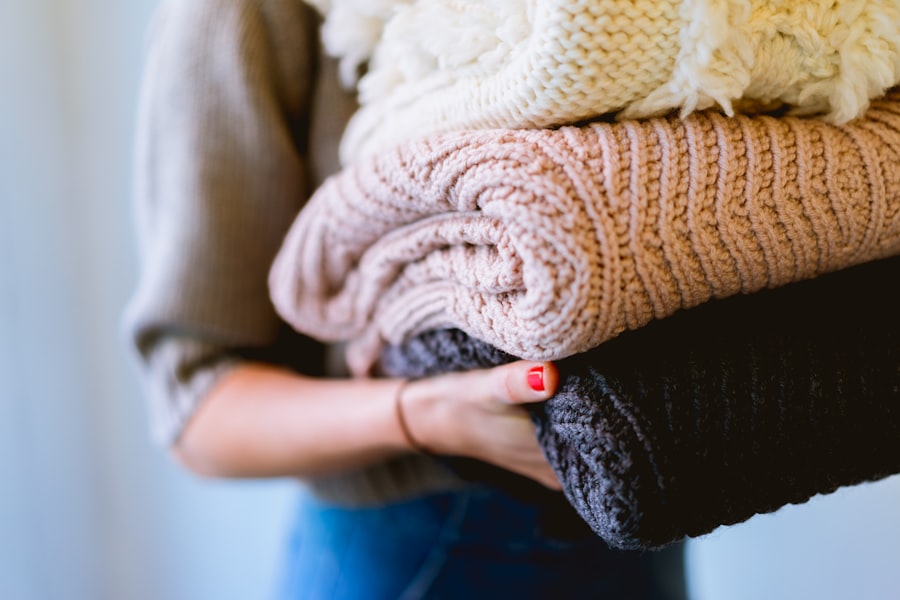
Monitoring the temperature in the brooder or coop is crucial when using a heat lamp for chickens. It is important to ensure that the temperature remains within the appropriate range for the age of the chicks or adult chickens. For young chicks, the temperature should be maintained at around 95 degrees Fahrenheit during the first week of life, with a gradual decrease of 5 degrees per week until they are fully feathered.
This can be achieved by adjusting the height of the heat lamp or using a lower wattage bulb as the chicks grow. It is essential to use a thermometer to accurately measure the temperature in the brooder or coop and make adjustments to the heat lamp as needed. Additionally, it is important to observe the behavior of the chicks or chickens to determine if they are comfortable.
Signs of overheating include panting, spreading their wings, or staying away from the heat source, while signs of being too cold include huddling together or chirping loudly. By monitoring both the temperature and the behavior of the birds, it is possible to ensure that they are kept at an optimal temperature for their well-being. In conclusion, monitoring the temperature in the brooder or coop and adjusting the heat lamp accordingly is essential for ensuring the comfort and health of the chicks or adult chickens.
By using a thermometer and observing their behavior, it is possible to maintain an appropriate temperature and make necessary adjustments to the heat lamp as needed.
Considering the weather and outdoor conditions
When using a heat lamp for chickens, it is important to consider the weather and outdoor conditions to ensure that the birds are kept at an optimal temperature. During cold weather, particularly in winter months, a heat lamp can provide essential warmth to adult chickens in poorly insulated coops or during periods of extreme cold. It is important to monitor the outdoor temperature and adjust the heat lamp as needed to keep the chickens comfortable and prevent any potential health issues such as frostbite.
Additionally, it is important to consider factors such as humidity and ventilation in the coop when using a heat lamp. High levels of humidity can make it difficult for chickens to regulate their body temperature effectively, while poor ventilation can lead to a buildup of moisture and ammonia, which can be harmful to their respiratory health. It is important to ensure that the coop is well-ventilated and that humidity levels are kept within an appropriate range when using a heat lamp.
In summary, considering the weather and outdoor conditions is crucial when using a heat lamp for chickens. By monitoring the outdoor temperature, humidity, and ventilation in the coop, it is possible to ensure that the chickens are kept at an optimal temperature and that their overall health and well-being are maintained.
Gradually reducing the use of a heat lamp as the chickens grow
As chickens grow and develop, it is important to gradually reduce the use of a heat lamp to help them acclimate to lower temperatures and become more self-sufficient. This process typically begins when the chicks are fully feathered, which usually occurs around 6-8 weeks of age. At this point, it is possible to start lowering the temperature in the brooder by raising the height of the heat lamp or using a lower wattage bulb.
This gradual reduction in temperature helps the chicks adjust to lower temperatures and prepares them for transitioning to life without supplemental heat. It is important to monitor the behavior of the chicks closely during this transition period and ensure that they are comfortable without the heat lamp. Signs of being too cold include huddling together or chirping loudly, while signs of being too hot include panting or staying away from the heat source.
By observing their behavior and making gradual adjustments to the heat lamp, it is possible to help them acclimate to lower temperatures and become more independent. In conclusion, gradually reducing the use of a heat lamp as the chickens grow is essential for helping them acclimate to lower temperatures and become more self-sufficient. By monitoring their behavior and making gradual adjustments to the heat lamp, it is possible to ensure that they are comfortable without supplemental heat as they continue to grow.
Ensuring the safety of using a heat lamp for chickens
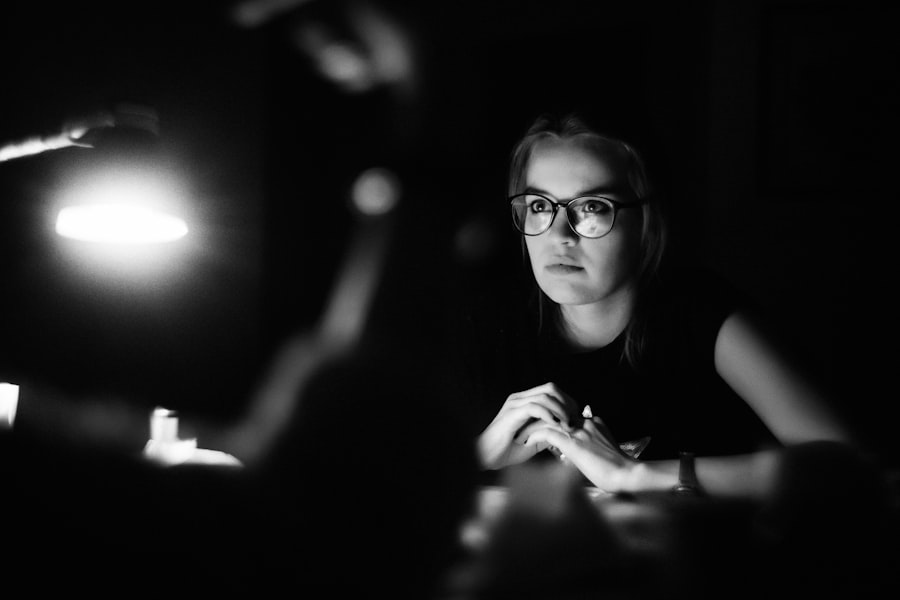
Choosing the Right Heat Lamp
Using a high-quality heat lamp with a protective guard is essential to prevent direct contact with the bulb and reduce the risk of fire. This type of guard will also prevent curious chickens from pecking at the bulb or getting too close to the heat source.
Proper Installation and Maintenance
In addition to choosing the right heat lamp, it is also important to secure it properly in a stable position to prevent it from falling or being knocked over by the chickens. This will help to prevent accidents and ensure that the heat lamp remains effective.
Electrical Safety Precautions
When plugging in a heat lamp, it is essential to use a dedicated outlet with a ground fault circuit interrupter (GFCI) to reduce the risk of electrical hazards. It is also recommended to use a timer with the heat lamp to ensure that it is turned on and off at consistent intervals, reducing the risk of overheating or electrical malfunctions. By taking these precautions, you can minimize the risks associated with using a heat lamp and ensure that your chickens are kept safe and warm.
Seeking professional advice and guidance on heat lamp usage
Seeking professional advice and guidance on heat lamp usage can be beneficial for ensuring that chickens are kept at an optimal temperature while minimizing potential risks. Consulting with a veterinarian or experienced poultry keeper can provide valuable insights into best practices for using a heat lamp and ensuring that chickens are kept comfortable and healthy. Additionally, professional advice can help in determining when it is appropriate to wean chicks off supplemental heat based on individual factors such as breed, ambient temperature, and behavior.
Professionals can also provide guidance on selecting an appropriate heat lamp and ensuring that it is used safely and effectively. In conclusion, seeking professional advice and guidance on heat lamp usage can provide valuable insights into best practices for keeping chickens at an optimal temperature while minimizing potential risks. Consulting with a veterinarian or experienced poultry keeper can help in making informed decisions about using supplemental heat for chickens and ensuring their overall health and well-being.
If you’re wondering how long to keep a heat lamp on chickens, you may also be interested in learning about whether quails sit on their eggs. Poultry Wizard has a helpful article on this topic that you can read here. Understanding the behavior of different poultry can help you provide the best care for your birds.
FAQs
What is a heat lamp for chickens?
A heat lamp for chickens is a source of supplemental heat that is used to keep young chicks warm, especially during the first few weeks of their lives.
How long should a heat lamp be kept on for chickens?
Chicks will need a heat lamp for the first 6 weeks of their lives. After that, they should be able to regulate their own body temperature and the heat lamp can be gradually phased out.
What temperature should the heat lamp be set at for chickens?
For the first week, the temperature under the heat lamp should be kept at around 95°F (35°C) and then reduced by 5°F (2.8°C) each week until the chicks are 6 weeks old.
Are there any safety precautions to consider when using a heat lamp for chickens?
Yes, it is important to securely hang the heat lamp to prevent it from falling and causing a fire. It is also important to regularly check the temperature and condition of the heat lamp to ensure it is functioning properly.
Can a heat lamp be used for adult chickens?
In most cases, adult chickens do not need a heat lamp as they are able to regulate their own body temperature. However, in extreme cold conditions, a heat lamp may be used to provide supplemental warmth.
Meet Walter, the feathered-friend fanatic of Florida! Nestled in the sunshine state, Walter struts through life with his feathered companions, clucking his way to happiness. With a coop that’s fancier than a five-star hotel, he’s the Don Juan of the chicken world. When he’s not teaching his hens to do the cha-cha, you’ll find him in a heated debate with his prized rooster, Sir Clucks-a-Lot. Walter’s poultry passion is no yolk; he’s the sunny-side-up guy you never knew you needed in your flock of friends!

